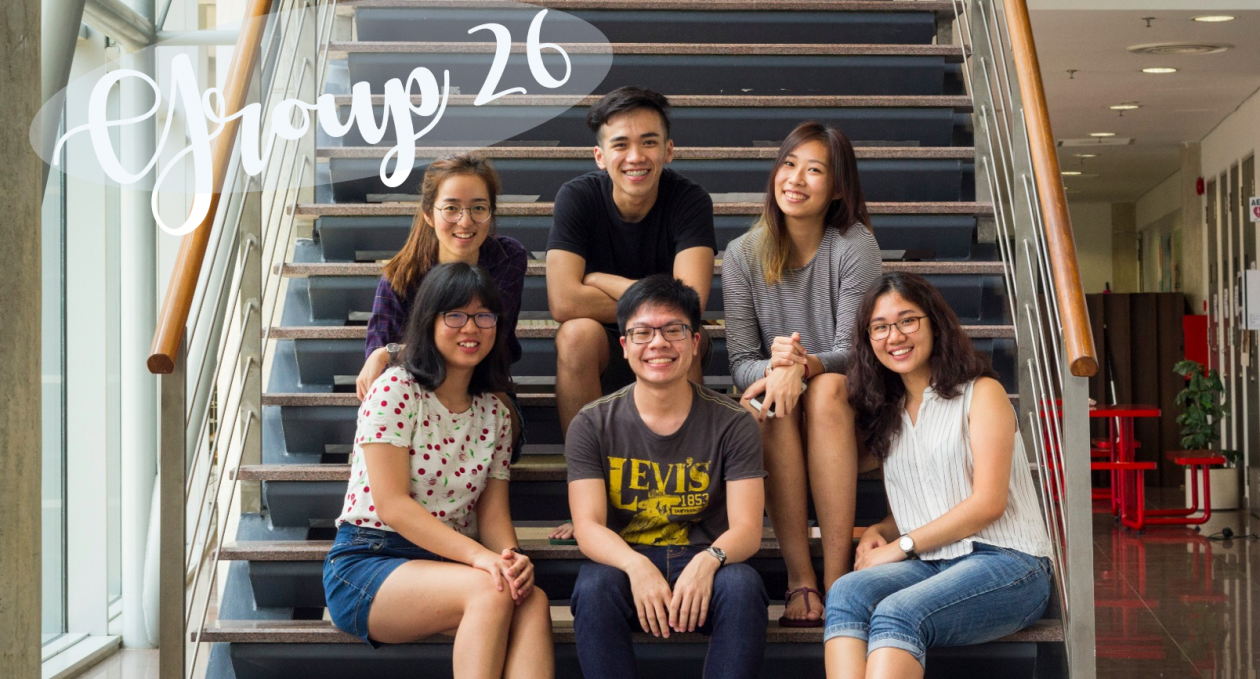Incinerating waste is more environmentally-friendly than landfilling. The latter generates much higher emissions, including methane gas, which is a more potent GHG than CO2.
In Singapore, waste that is not recycled is incinerated in Waste-to-Energy (WTE) plants, in a process that also produces energy. This reduces waste volume by 90% and generates enough electricity to meet up to 3% of Singapore’s total electricity demand. The generation of electricity from waste reduces the amount of fossil fuel used to generate electricity in our power plants.

- Current methods: Solid Waste Management Infrastructure
Singapore’s growing population and booming economy have contributed to an approximate 7-fold increase in the amount of solid waste disposed from 1,260 tonnes a day in 1970 to a peak of 8,402 tonnes a day in 2015.
The solid waste is collected and sent to the various WTE plants for incineration. Incineration reduces the volume of solid waste by about 90% and produces steam that runs turbine-generators to generate electricity.
The incinerated ash and other non-incinerable wastes are then transported to the Tuas Marine Transfer Station (TMTS) for the barging operation to Semakau Landfill where they are disposed of.
- Waste-To-Energy Plants
Currently, Singaore’s solid waste disposal infrastructure consists of four WTE plants, viz: Tuas, Senoko, Tuas South and Keppel Seghers Tuas Waste-To-Energy Plant (KSTP), as well as the Semakau Landfill.
KSTP was developed under a Design, Build, Own and Operate (DBOO) model and commissioned in 2009 to replace Singapore’s first WTE plant at Ulu Pandan, which was closed in August 2009 after 30 years of successful operation. The Senoko Incineration Plant was also divested to the private sector in September 2009 and has since been renamed Senoko Waste-To-Energy Plant (SWTE).
The incineration of solid waste reduces its volume by about 90%. Over the long-term, this has helped land-scarce Singapore to reduce her need for future landfills, hence creating a sustainable waste management framework.
- Future solutions:
- In 2016, Singapore revealed its Climate Action Plan for a Carbon Efficient Singapore.

Image 2: Recycling and Waste-to-Energy in Singapore’s Climate Action Plan - Singapore’s Pledge: To reduce our Emissions Intensity (EI) by 36 per cent from 2005 levels by 2030, and stabilise emissions with the aim of peaking around 2030.

Image 3: Emission Intensity to Decrease by 36% in Singapore’s Climate Action Plan - WTE management is part of that plan. As mentioned in Chapter 3: Reducing Carbon Emission in Power Generation, Singapore’s goal is achieve 100% renewable energy, in which WTE plays a role in generating 40% of that renewable energy.
- Development of Integrated Waste Management Facility (IWMF)
- NEA is looking into the development of an Integrated Waste Management Facility (IWMF) to help Singapore meet its future waste management needs and achieve long term environmental sustainability. As a state-of-the-art flagship facility, it will be developed with innovative solutions that can maximise both energy and resource recovery from solid waste.

Image 4: Infographic about IWMF Development Plan
References:
- Solid Waste Management Infrastructure. (2017). Nea.gov.sg. Retrieved 1 April 2017, from http://www.nea.gov.sg/energy-waste/waste-management/solid-waste-management-infrastructure
- Waste-to-energy (WTE) / Incineration Plants. (2017). Nea.gov.sg. Retrieved 1 April 2017, from http://www.nea.gov.sg/energy-waste/waste-management/waste-to-energy-(wte)-incineration-plants
- Singapore’s Climate Action Plan: Take Action Today, For a Carbon-Efficient Singapore. (2016). Nccs.gov.sg. Retrieved 1 April 2017, from https://www.nccs.gov.sg/sites/nccs/files/NCCS_Mitigation_FA_webview%2027-06-16.pdf
Image References:
Image 1: Sea Route to Semakau Landfill in Singapore (Last updated 2013). Retrieved from https://www.cscollege.gov.sg/Knowledge/Ethos/World%20Cities%20Summit/PublishingImages/7g3.jpg
Image 2: Recycling and Waste to Energy in Singapore’s Climate Action Plan (2016). Retrieved from https://www.nccs.gov.sg/sites/nccs/files/NCCS_Mitigation_FA_webview%2027-06-16.pdf
Image 3: Emission Intensity to Decrease by 30% in Singapore’s Climate Action Plan (2016). Retrieved from https://www.nccs.gov.sg/sites/nccs/files/NCCS_Mitigation_FA_webview%2027-06-16.pdf
Image 4: Infographic about IWMF Development Plan (2016). Retrieved from http://www.straitstimes.com/singapore/environment/2-green-plants-to-improve-waste-treatment-efficiency
